
Steubenville, Ohio – 150 Mile Drive For Nutcrackers
Check it out! New release on Steubenville, Ohio. A once struggling town that now attracts 40,000 visitors with 170 nutcrackers
Population: 14,000
Situation: The mine was closing.
Action: Build up their Cross Country Skiing and Mountain Biking Communities
Result: Canmore is profitable year round and has unique opportunities to grow
Canmore started in the late 1800’s founded on coal mining. Even as the other nearby coal town fell one by one into ghost towns, Canmore lasted. Until 1979 the Canmore mine lasted because of their very high quality coal. This is very dangerous, just like Cuyuna or Leavenworth, as time progresses and the resources are removed for profit, the town takes one more step to their towns death. In 1979, the mine was the first to call it quits and close it’s doors.
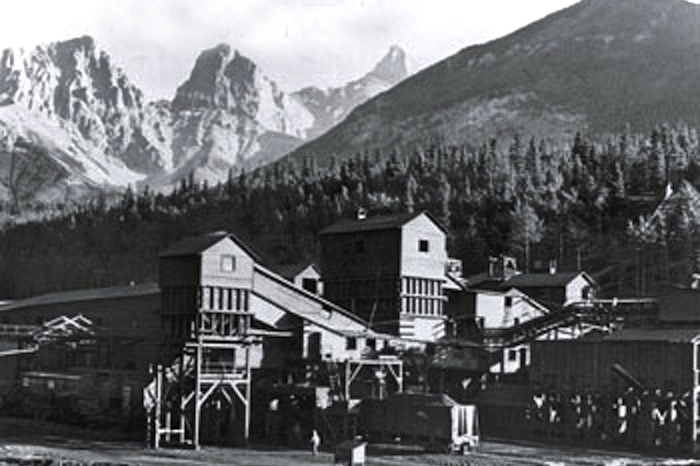
The situation was grim, after over 100 years lasting coal, the mine was gone. In 1965, before the mine closed, the town was down to about 2,000 residents. The town was on a decline until a break in 1988 with the winter olympics being hosed in nearby Calgary in which they hosted the cross country skiing. The Canmore Nordic Centre was built.
For the people of Canmore, this was like shaking a lighter in hopes of getting one more light out of a lighter while stranded out in the wilderness. It was do or die for the town.
Now, the angel of the situation was the Canmore Mines LTD. which helped build the Canmore Nordic Centre along with Olympic funding. During the olympics, times were good but those came and went. After the olympics, they knew they had been given a blessing. Canmore continued to host many cross country skiing races both nationally and internationally. From there they would host the Canadian Olympic Cross Country Ski Team. They had, well, for half a year, a great economy. Canmore is considered a place of international importance in many cross country skier’s minds. The question was, how can we capitalize on our natural beauty and winter facilities in the summer?
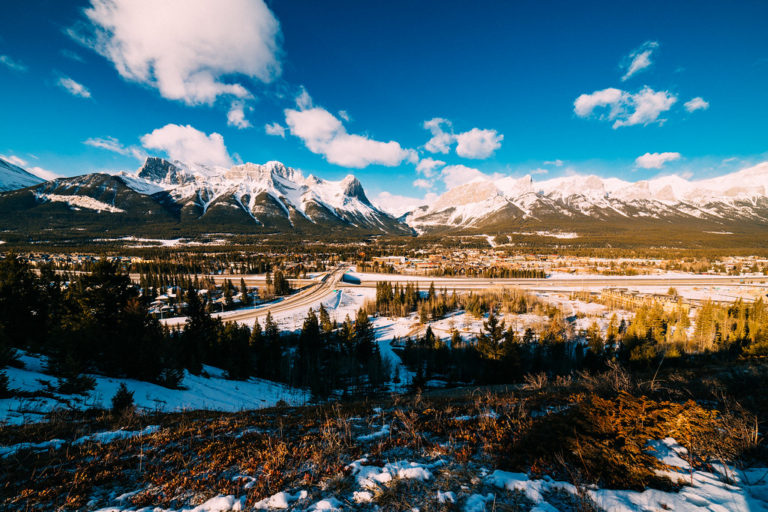
It was simple, mountain biking. Many of these early trails were simply the cross country skiing trails for cross country bikers. Whallaha, new economy out of nowhere. Bike races were scheduled, like the bike races through the 90’s that were 24 hours long. Many of these 24 hour races have come to an end with Canmore hosting one of the last remaining, “24 hours of Adrenaline” races in the summer.
What Canmore has done extremely well is living behind their brand of outdoor sports. Living through that lens has allowed Canmore to Boom. Outdoor mountain sports means a lot. It means healthy, it means clean, it means beautiful. Healthy was a big one.
Canmore has trails that criss cross the city for biking, skiing, and walking all in natural scenery. This has been enough to attract more doctors to their city per capita than other places in Alberta. Developing behind this theme has helped them grow significantly.
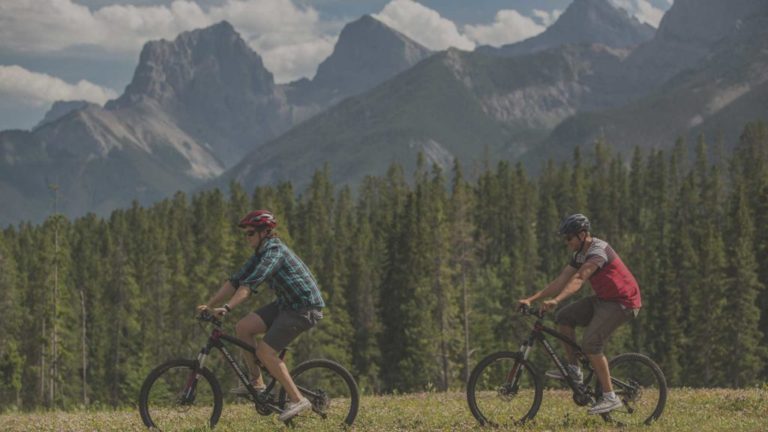
The community and tourist help support 38 shops that support a healthy living, mountain sports, or wellness theme. This is for a town of 14,000 people. To live behind the brand, businesses do things like add bike racks in front of their shops or have tools for bikes at hand.
Of course, there are many businesses that support biking or cross country skiing directly like retail and repair shops.
Other communities like Bentonville, Cuyuna, or Emporia employ similar strategies to attract residents and tourists to support the community.
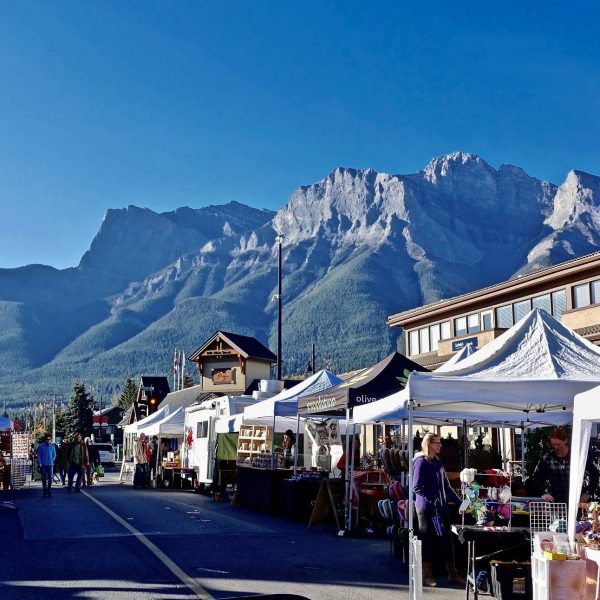

Check it out! New release on Steubenville, Ohio. A once struggling town that now attracts 40,000 visitors with 170 nutcrackers

– The Halloween Capital Of The World 800×530 b843e4612c6d2fa5a784680926eb4573 6a00d83451d04569e201bb0869146d970d-500wi Louis+Hennepin+Painting+by+Douglas+Volk+-+1905 2701720_MN_Anoka 3362p 61FO3OYuD+L._SX679_ original_Anokas_20Roundabout_5B2_5D (1) Early Anoka, Minnesota Anoka
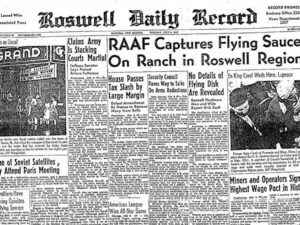
Roswell, New Mexico – Turning Alien Intrigue into Tourism Prosperity TLDR: Population: 48,081 Situation: Roswell, New Mexico was struggling post